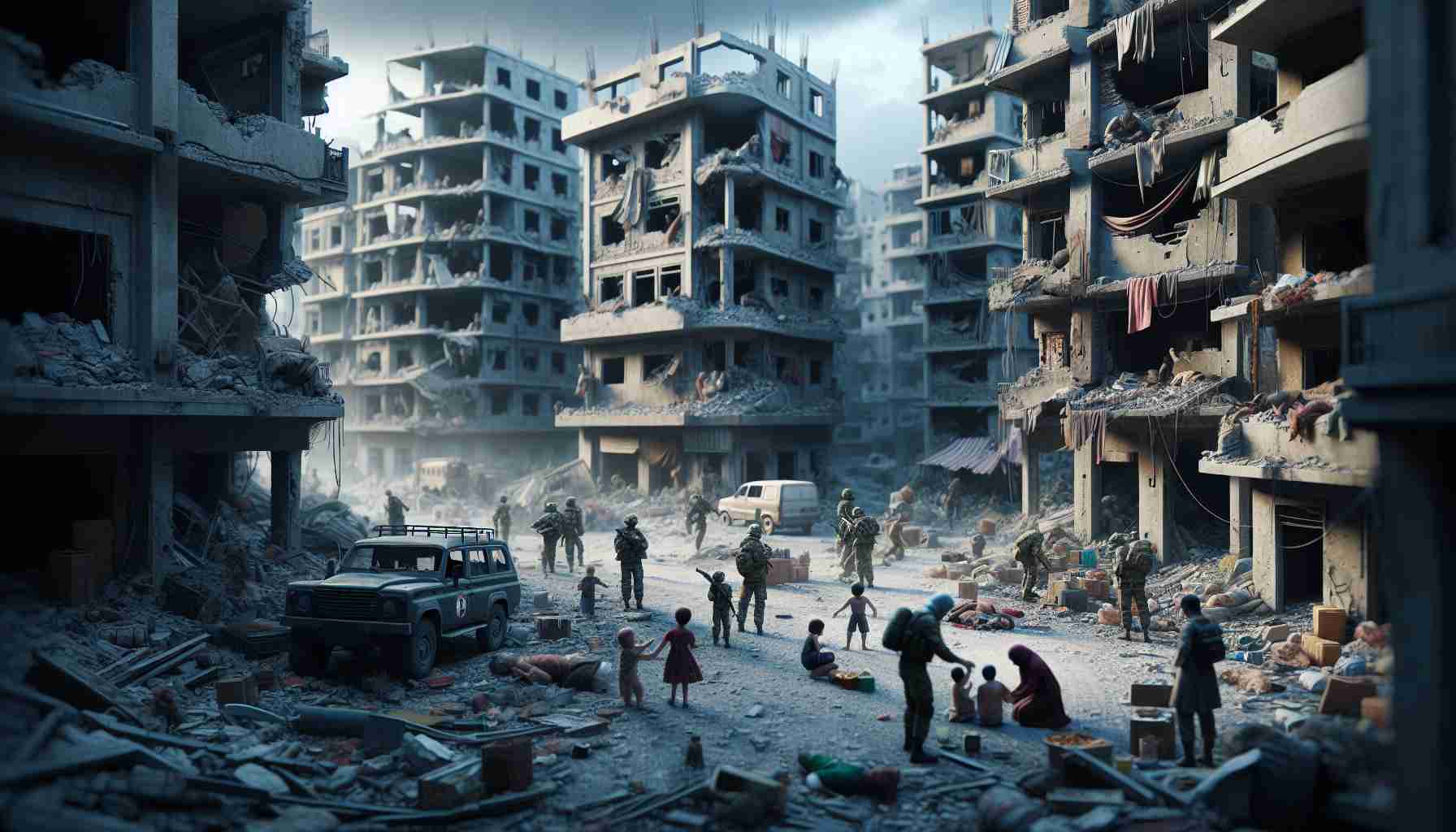
The ongoing conflict in Gaza has resulted in a catastrophic humanitarian situation, with reports indicating that nearly 42,000 lives have been lost since October 7, 2023. The fatalities predominantly include women and children, as observed by health officials in the region. The United Nations has highlighted the displacement crisis stemming from the war, revealing that approximately 90% of Gaza’s population, about 2.3 million individuals, have been uprooted from their homes. Many have faced repeated displacements as they seek refuge from the relentless airstrikes targeting their neighborhoods.
The financial devastation is staggering, with estimates of infrastructure damage reaching around $18.5 billion. This amount nearly mirrors the total gross domestic product of the Palestinian territories recorded the previous year before the outbreak of hostilities. Significant destruction has been inflicted on residential buildings, while healthcare facilities and critical infrastructure have also suffered immensely. Reports indicate that a vast majority of health centers and primary roadways have been severely damaged or completely obliterated.
Despite the challenges in assessing on-the-ground destruction due to restricted access for reporters and local journalists facing substantial dangers, a U.S. research team has utilized satellite data to analyze the damage. This innovative method offers a clearer view of the affected areas, allowing for a more comprehensive understanding of the ongoing crisis as it unfolds in real time. The repercussions of this conflict extend far beyond physical infrastructure, deeply affecting the lives of those caught in the turmoil.
The humanitarian crisis in Gaza is exacerbated by the ongoing conflict, with a multitude of factors contributing to the dire situation faced by millions. This conflict has not only caused a dramatic loss of life but has also severely impacted mental health, educational opportunities, and access to essential services. In addition to the staggering number of fatalities since October 2023, mental health experts warn that the prolonged exposure to violence and trauma has led to an alarming increase in mental health disorders among the population, particularly among children.
One of the critical questions surrounding the conflict is: What are the immediate humanitarian needs of those affected? The most pressing needs include food, clean water, medical supplies, and shelter. The destruction of infrastructure has made it increasingly difficult to deliver basic necessities, and the blockade imposed on the region has further complicated aid delivery efforts.
Key challenges include access to aid and healthcare. Humanitarian organizations face significant obstacles due to the continuous hostilities, bureaucratic hurdles, and restricted movement. The limitations imposed by ongoing military operations hinder the distribution of humanitarian assistance, leaving many in desperate situations. Additionally, the healthcare system is on the brink of collapse, with hospitals overwhelmed by the number of casualties and lacking sufficient medical supplies to treat injuries adequately.
There are also significant controversies surrounding international responses to the crisis. Questions about the adequacy and impartiality of humanitarian aid, as well as the role of external states in exacerbating the conflict, remain hotly debated. This has led to calls for more coordinated international efforts to provide humanitarian relief while ensuring that such assistance reaches those in need without political interference.
While there are advantages to international humanitarian interventions, such as immediate relief efforts and increased awareness of the situation, there are also disadvantages. For instance, foreign aid may sometimes undermine local economies or foster dependency. Furthermore, the politicization of aid can complicate the neutrality of humanitarian work, leading to mistrust among affected populations.
In addressing the long-term repercussions of the conflict, vital questions emerge: How can the international community assist in rebuilding Gaza? What steps can be taken to ensure that aid efforts are sustainable and address the root causes of the conflict? Answers to these questions will be pivotal in shaping the future of Gaza and its recovery from the devastation wrought by war.
For those seeking to understand the complexity of the situation further, related resources are available: United Nations and International Red Cross. These organizations provide extensive reports and updates on humanitarian efforts and the challenges faced in conflict zones like Gaza.



